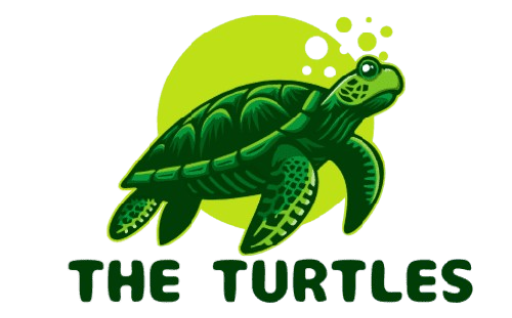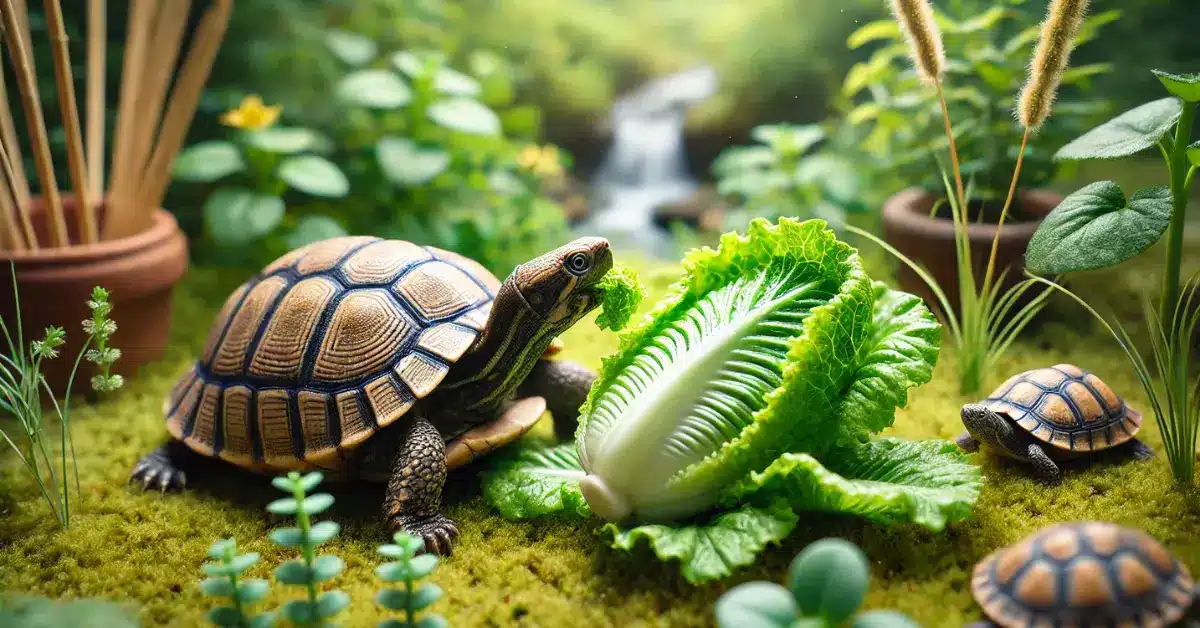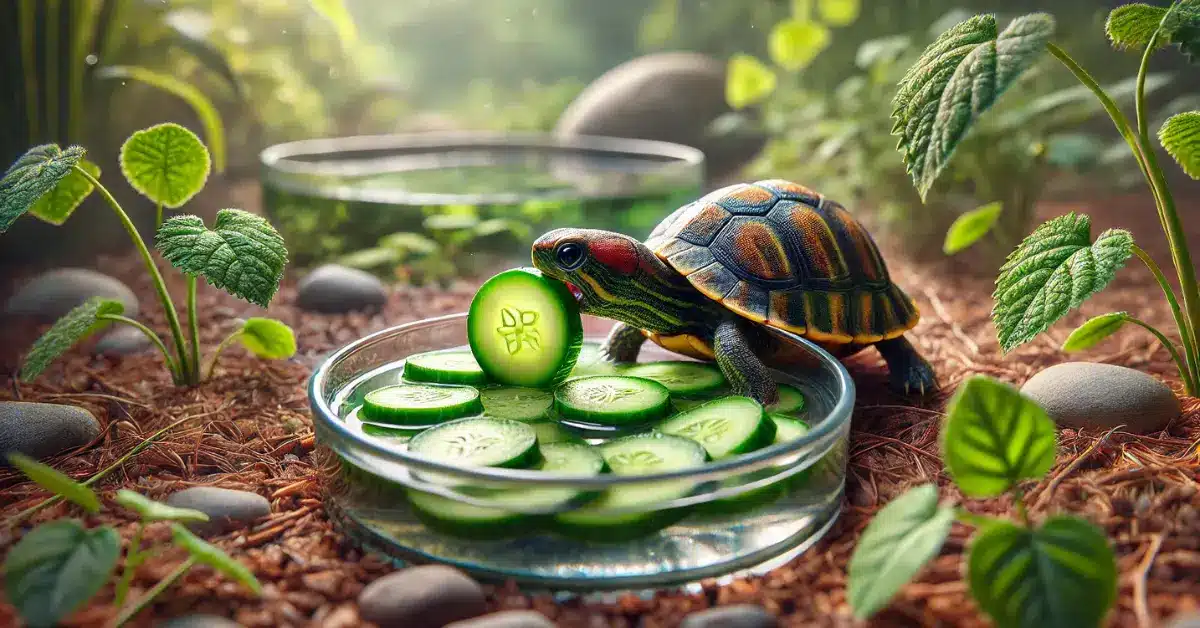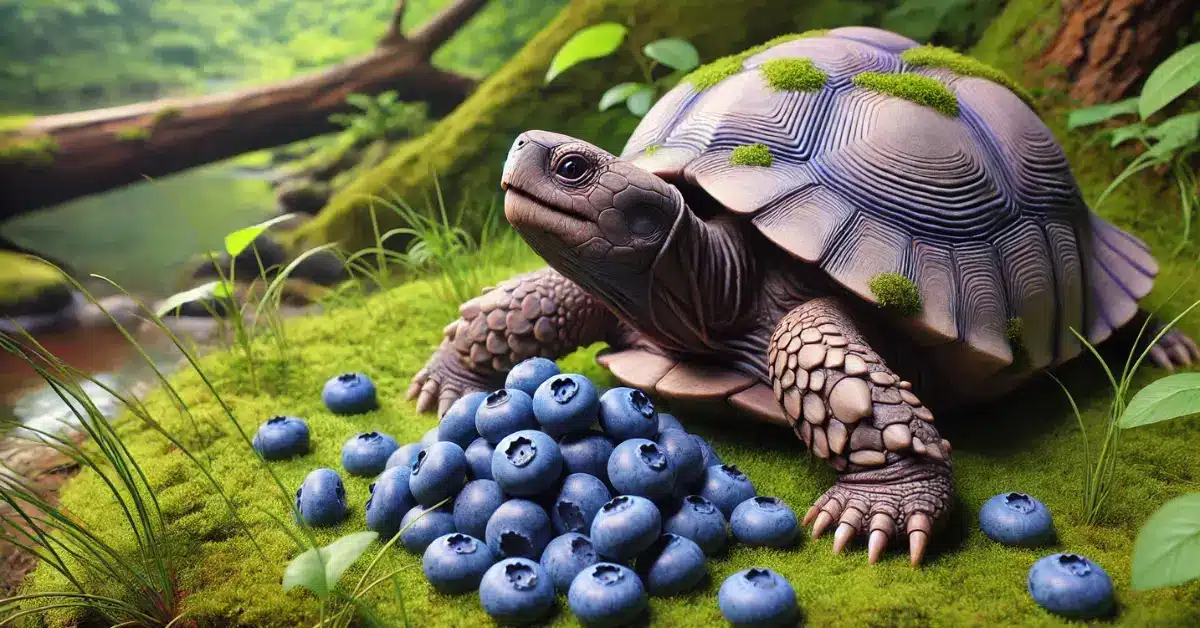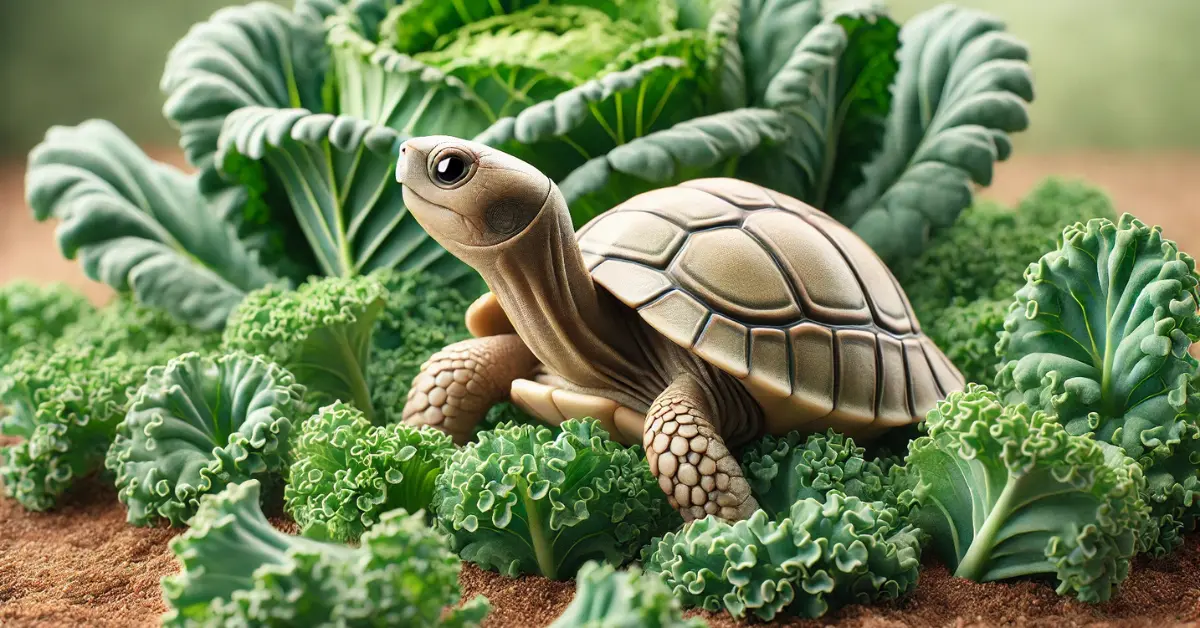Have you ever wondered, Do Jellyfish Make Turtles High? Many people find this question interesting. Sea turtles and jellyfish often meet in the ocean, but do jellyfish make turtles feel strange? Let’s explore this fun question and find out what really happens when turtles eat jellyfish.
Table of Contents
ToggleTurtles and Jellyfish in Their Natural Habitat
In the ocean, sea turtles swim around and often come across jellyfish. Jellyfish are soft and see-through, and they live in the same places as turtles. But do jellyfish make turtles feel strange or high?
Can Jellyfish Intoxicate Sea Turtles?
No, jellyfish do not make sea turtles high or intoxicated. Jellyfish are not harmful to turtles. Instead, they are just a normal part of a sea turtle’s diet.
The Turtle-Jellyfish Connection
Sea Turtle Diets: Why Jellies Are on the Menu
Sea turtles eat a lot of different foods. They munch on sea grasses, algae, and jellyfish. Jellyfish are easy for turtles to catch and eat. They are soft and simple to digest, so they give turtles a quick boost of energy.
Jellyfish Species That Turtles Love to Munch On
Sea turtles like to eat several types of jellyfish. For example, the moon jellyfish, which has a big, round shape, is a favorite for many turtles. Leatherback turtles especially enjoy eating jellyfish. They have special features in their mouths that help them eat the squishy jellyfish.
The “High” Hypothesis: Fact or Fiction?
Where Did the Idea Come From?
Some people think jellyfish might make turtles feel strange or high. This idea started when people noticed turtles acting differently after eating jellyfish. It’s a fun theory, but let’s see what science says.
What Scientists Have Found
Scientists have watched sea turtles to see if they act oddly after eating jellyfish. They found that jellyfish don’t make turtles high. Turtles eat jellyfish because they are good for them. Any changes in how turtles act are usually because they need more food or need to rest after eating.
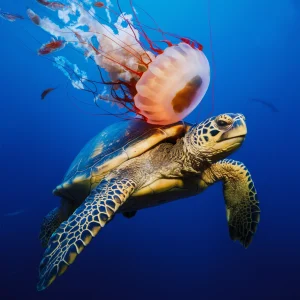
Turtle Behavior: Signs of a Jelly “Buzz”
Changes in Turtle Swimming Patterns
Some people wonder if turtles swim differently after eating jellyfish. Scientists have checked this and found that turtles usually swim the same way before and after eating jellyfish. There’s no sign that jellyfish make turtles act strangely.
Changes in Eating Habits and Social Interactions
Turtles might change what they eat or how they interact with other turtles, but this is not because jellyfish make them high. Turtles might eat different foods based on what’s available or how they feel. Their social behavior changes naturally, too, and it isn’t linked to jellyfish.
The Evolutionary Perspective
Why Turtles Eat Jellyfish
Even though jellyfish don’t make turtles high, turtles eat them because they are an easy and good source of energy. Eating jellyfish helps turtles stay strong and healthy. This is a smart way for them to survive in the ocean.
Good and Bad Sides of Eating Jellyfish
Eating jellyfish has both good and bad sides. The good side is that jellyfish are easy to catch and give turtles quick energy. The bad side is that jellyfish don’t have many nutrients. So, while jellyfish are a helpful snack, turtles also need to eat other foods to stay healthy.
Ocean Conservation: What Jellyfish and Turtles Teach Us
How Changing Jellyfish Populations Affect Turtles
Jellyfish numbers can go up and down because of changes in the ocean. When there are more jellyfish, turtles might eat more of them. This can be good because jellyfish are easy to catch. But if there are too many jellyfish, turtles might not get enough of their other important foods, which they need to stay healthy.
The Role of Marine Pollution in This Relationship
Pollution in the ocean can affect jellyfish and turtles. Trash and chemicals can harm jellyfish and other sea creatures. If jellyfish get sick or change because of pollution, it can impact turtles that eat them. Keeping the ocean clean is important for both jellyfish and turtles.
The Human Factor: Why We Find Animal Behavior Fascinating
Why This Topic Catches Our Interest
The idea that jellyfish might make turtles high is interesting and makes us curious. People like to learn about strange animal behaviors and how different animals interact with each other. This topic helps us think about how animals live and act in the wild.
Lessons We Can Learn from Unusual Animal Interactions
Watching how jellyfish and turtles interact teaches us about ocean life and how animals adapt. These strange interactions show us why it’s important to protect marine environments and the animals that live there. Understanding these relationships helps us take better care of our oceans.
Read more: Can Turtles Live With Fish?
Conclusion: Do Jellyfish Make Turtles High?
So, do jellyfish make turtles high? The answer is no. Jellyfish do not make turtles feel strange. They are just a normal food for turtles. Jellyfish are easy to catch and help turtles stay healthy.
Learning about how jellyfish and turtles interact helps us understand more about ocean life. It also shows us why it’s important to keep our oceans clean. This helps both jellyfish and turtles stay safe and healthy.
For more fun facts and information about turtles, check out TheTurtles.info. Our website has lots of great info about turtles and their ocean world.
FAQs About Do Jellyfish Make Turtles High?
Q1: Do jellyfish make turtles high?
A1: No, jellyfish do not make turtles high. Jellyfish are just a regular food for turtles and do not change how they feel.
Q2: Do turtles eat jellyfish?
A2: Yes, many sea turtles eat jellyfish. Jellyfish are an easy and tasty meal for turtles.
Q3: Why do sea turtles eat jellyfish?
A3: Sea turtles eat jellyfish because they are easy to catch and eat. Jellyfish give turtles quick energy and are soft, so they are simple to digest.
Q4: Why do some people think jellyfish might make turtles high?
A4: Some people notice turtles acting a bit differently after eating jellyfish and wonder if jellyfish have an effect. But there is no proof that jellyfish make turtles feel high.
Q5: How does pollution affect jellyfish and sea turtles?
A5: Pollution can hurt jellyfish and other sea animals. Trash and chemicals can make jellyfish sick or change their numbers, which can also affect turtles that eat them.
Q6: Why is it important to protect jellyfish and sea turtles?
A6: Protecting jellyfish and sea turtles is important to keep the ocean healthy. Clean oceans help all sea life, including jellyfish and turtles, stay safe and healthy.
Q7: Where can I find more information about sea turtles?
A7: For more facts and details about sea turtles, visit TheTurtles.info. Our website has lots of helpful information about turtles and their life in the ocean.
